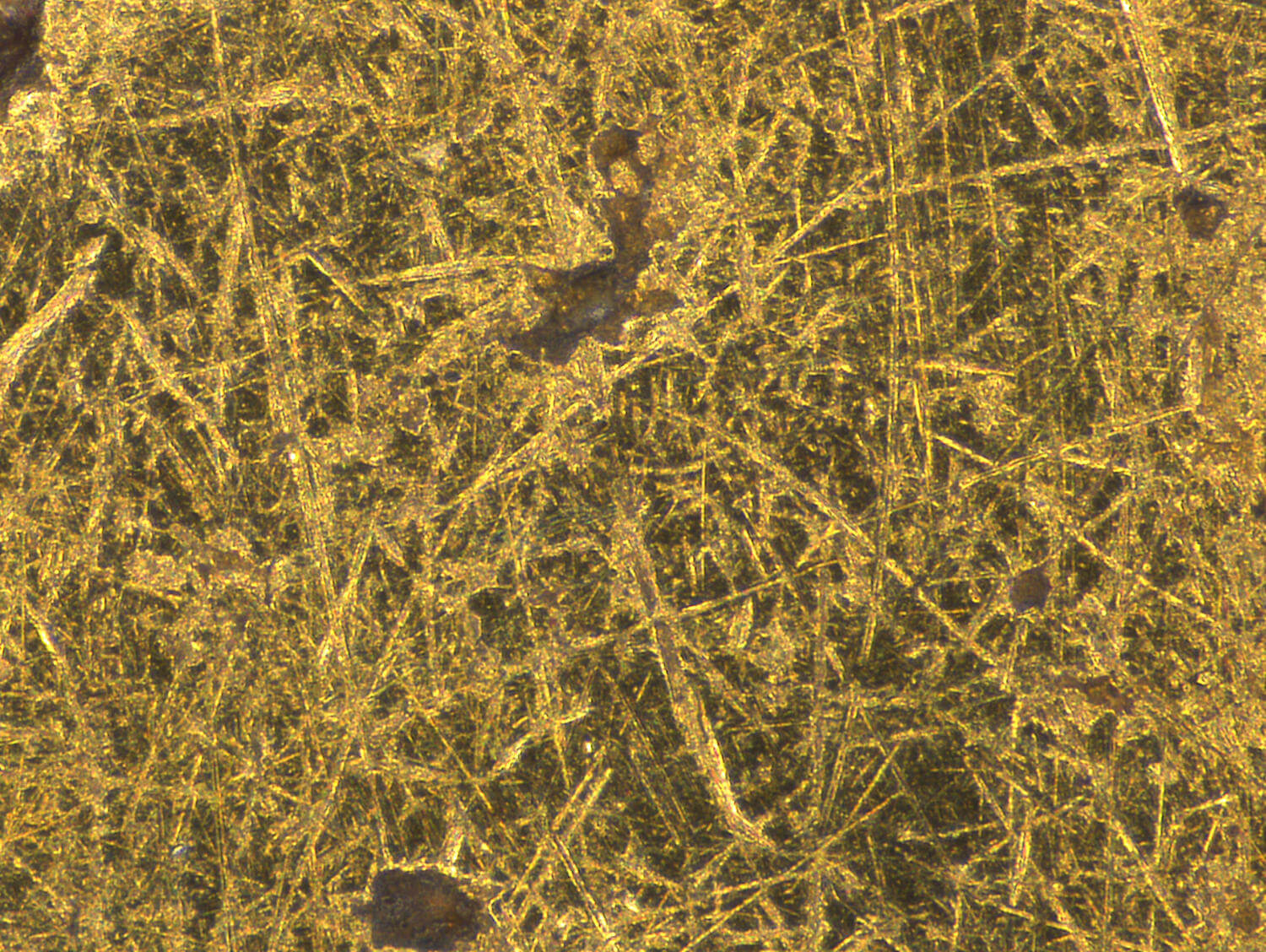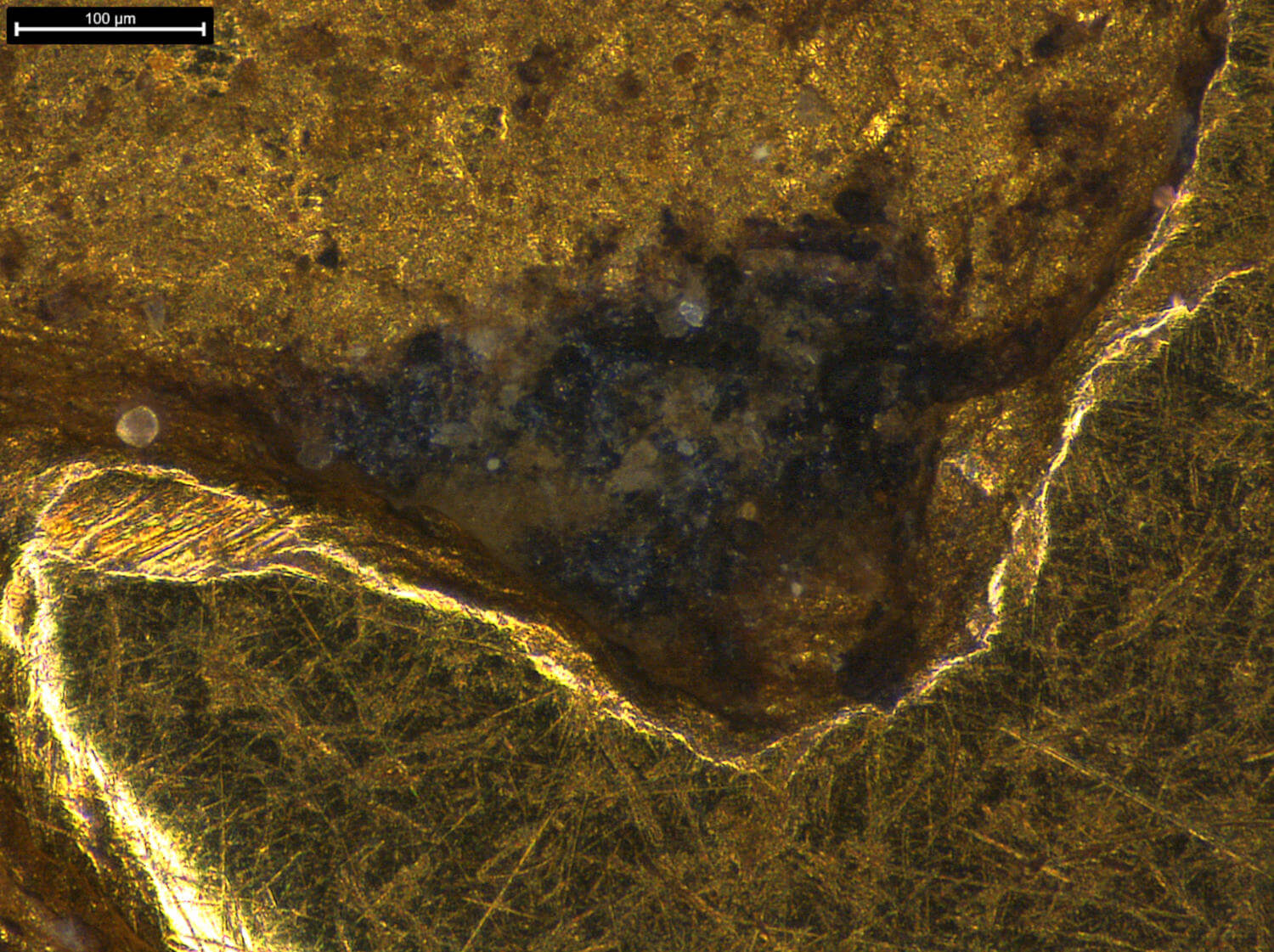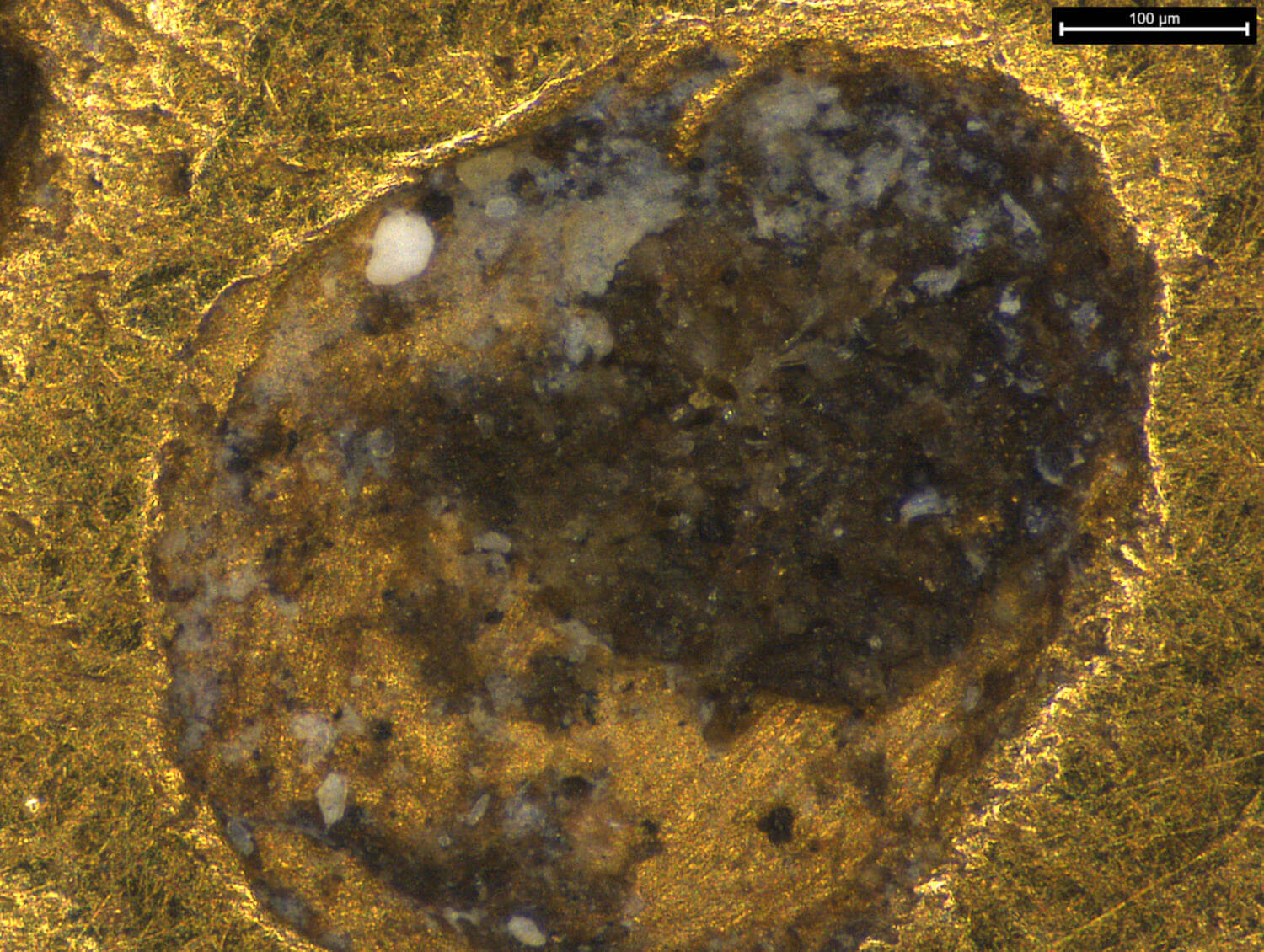A study by the University of Glasgow caused a sensation in the daily press. Thanks to a new study, the researchers believe to be able to confirm the authenticity of several ancient coins that were previously considered modern forgeries. According to them, Emperor Sponsian, who is depicted on the coins, actually did exist. Let’s take a look at these Sponsian coins.
Sponsian and His Coins
There is no ancient source mentioning an emperor or usurper called Sponsian. His alleged existence is exclusively based on several coins that were first mentioned in the 18th century. Carl Gustav Heraeus bought several gold coins for the imperial coin and medal collection of Vienna in March 1713, including a coin featuring one Sponsian. It was said that these issues had been found shortly before in Transylvania. Other coins appeared a little later in other European collections. Today, we know of four coins by Sponsian, two of which are kept in Vienna, one in The Hunterian Collection in Glasgow and one in Sibiu, Romania.

The first reaction to these coin finds was enthusiastic: academics were convinced of having found a new Roman usurper or even Roman emperor, as the inscription and the effigy with radiate crown indicate. He was believed to have had himself declared emperor by his troops during the time of civil war around AD 248/249. In 1868, this interpretation changed when the then leading expert in Roman coinage, Henry Cohen, delivered a scathing verdict, declaring the coins to be ridiculously contrived, very poor quality modern forgeries.
The New Study of The Hunterian
Paul N. Pearson is geologist and palaeoclimatologist at the University College London. His research includes the question of how climatic factors influenced periods of crises. One era that he repeatedly studied is the Roman Empire of the third century. With his background in natural sciences, Pearson thus approached the Sponsian coin in Glasgow and three others that are thought to belong together from a different perspective. He thoroughly examined all four coins using UV light, electron microscopes and infrared spectroscopy. Jesper Ericsson, curator at The Hunterian, complemented Pearson’s findings with numismatic expertise for a joint study, which they published on 23 November 2022 in PLoS One.
Pearson and Ericsson consider the Sponsian coins to be authentic ancient issues. Pearson commented: “Scientific analysis of these ultra-rare coins rescues the emperor Sponsian from obscurity. Our evidence suggests he ruled Roman Dacia, an isolated gold mining outpost, at a time when the empire was beset by civil wars and the borderlands were overrun by plundering invaders.”
The researchers mainly highlight two points: by means of microscopes, they found abrasion patterns and remains of soil. They believe these features to prove that the coins were used for a long time (in ancient times) and were buried in earth for centuries.
Critical Voices
Immediately after the publication of the study, numerous media outlets broke the news of the discovery of a new Roman emperor, stating that Sponsian’s existence had finally been proven. Voices from the research community were rather doubtful. Jerome Mairat, curator of the Heberden Coin Room in the Ashmolean Museum in Oxford told CNN: “Like everyone in the numismatic world, I strongly believe this coin to be a modern forgery. This whole theory – that the coin is genuine – is both unscientific and unfounded.” Richard Abdy, expert for Roman coins at the British Museum, is quoted to have commented on the study’s authors and their conclusions: “They’ve gone full fantasy…”

It may not be that simple because, indeed, Sponsian’s coins are quite unusual – both compared to ancient coins and to modern forgeries. Ancient historian and numismatist Johannes Wienand addressed numerous open questions on Twitter, just as numismatist Marjanko Pilekić. Warsaw numismatist Aleksander Bursche also pointed out a whole series of factors that, in his opinion, were not sufficiently taken into account by the study.
For example, Bursche recalls that all the coins were cast and not struck. He does not know of any third-century Roman gold coin that was cast, even the so-called barbarous imitations of neighbouring nations were always hammerstruck. Moreover, the weight of the coins does not correspond to the Roman system. The style of the letters rather resembles imitations (or forgeries) of the 16th-18th centuries, and another highly unusual aspect is the use of the genitive form of the emperor’s name (Sponsiani instead of Sponsianus or an abbreviation).
The name Sponsian was almost unknown in ancient times. The Glasgow study therefore argues: a forger who wants their product to appear authentic would not come up with such a name. Bursche, on the other hand, points out that Sponsianus is the Latinized form of the name of a Transylvanian nobleman, as was common in the 18th century.
We only know Sponsian coins from the early 18th century, when they found their way into various collections. Later, similar pieces were never found again. That’s striking, at best, Bursche said, since 95% of all Roman gold coins of the 3rd century have been found since the 19th century – also thanks to modern metal detectors. And the precious metal content is also strikingly low for Roman coins of the mid-third century.
And what about the abrasions and the soil? All researchers agree that these points do not prove the coins to be ancient. The Glasgow study says that so far no modern forgeries are known of that were used first and then buried to feign authenticity. But that is only one thought. It is also possible that the abrasion was caused after the coins were found. And even the remains of soil do not prove how long the coins were in the ground. In their study, the researchers admit: “Historical forgers are known to have used artificial ageing methods, including abrasion to simulate wear and staining to give a patinated appearance … Although no instance of rubbing in or gluing on of dirt or soil has been reported, as far as we know, it is not beyond the bounds of possibility.”
Who Was Sponsian?
In particular, Johannes Wienand and ancient historian Mary Beard pointed out that Sponsian himself should not be considered a new emperor, as the press propagated – even if the coins were genuine. The University of Glasgow claims to have discovered “a long-lost emperor”, although the study itself tells a different story. We can be certain that Sponsian never came to Rome and was never recognised by the Senate. If he did exist, Pearson and Ericsson believe that he was a commander who was declared ruler by his troops – and who probably did not continue to live for long after that. But does the study prove the existence of Sponsian at all?

Are Sponsian’s Coins Authentic or Forged?
The composition of the metal, the production method (cast instead of struck), the style of the inscription and the language, the name and the design of the motif, the circumstances of the find and their rarity – Sponsian coins are and remain a mystery. They aren’t typical Roman coins, but also stand out from known forgeries. Yet, there are still more arguments to be found in favour of interpreting them as modern forgeries. As long as we don’t have other evidence of Sponsian’s existence, we should refrain from writing an imaginative history on such a thin basis, as was done by the Glasgow study.
However, the study itself it highly commendable. It would certainly be worthwhile to continue to examine coins as thoroughly and to ask similar questions starting from a wider pool of material. But it’s like in forensic science: modern technology can only provide clues regarding the perpetrator or the course of events. It is eventually the investigators who have to interpret the clues, putting the pieces together. And in this case, it appears that there aren’t enough clues to rewrite the history of the third century.
You can read the Glasgow study at PLoS.
Another emperor whose existence is proven by two (apparently authentic) coins and at least some mentions in late written sources is Proculus.
Here you can read Johannes Wienand’s comments on his Twitter profile:
Marjanko Pilekić discusses the new study on Twitter:
The story even made it into The Guardian.
In a blog post, Mary Beard explored the question of whether the historical figure of Sponsian would have actually been an emperor.










